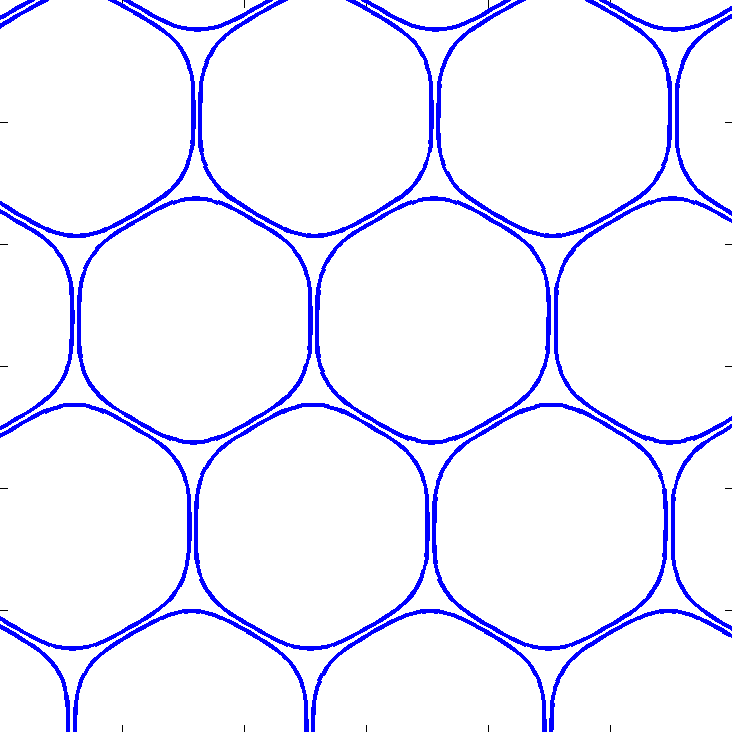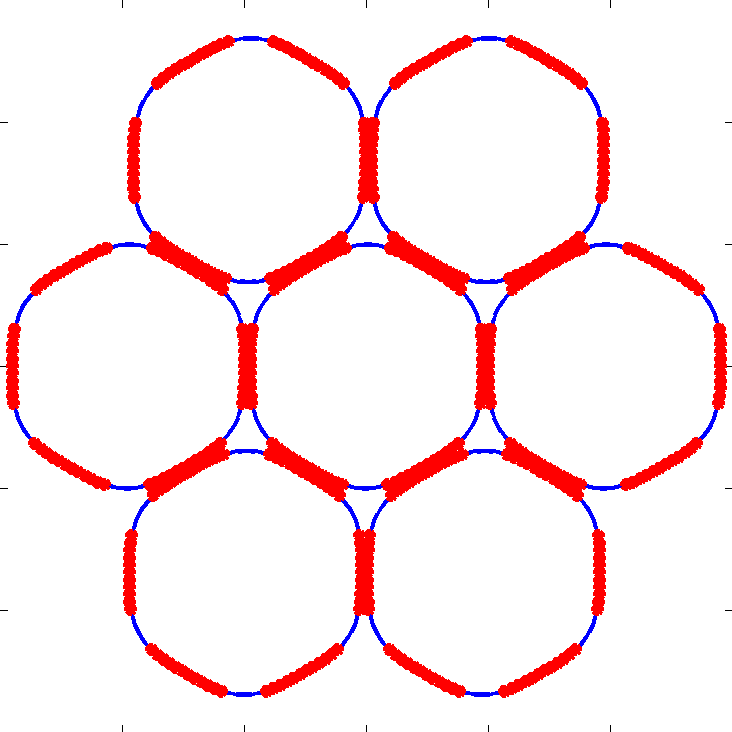Research
I presented the current state of my research in a student poster session during the tenth annual Burgers Program for Fluid Dynamics at the University of Maryland: College Park. The poster presented the continued to ability scale my Fast Multipole Boundary Element Method code to handle more particles. With a grant from XSEDE, I have been able to run hundreds of simulations, each containing thousands of particles. For these specific simulations, we are analyzing the contiguity of a grain matrix when it is exposed to shear stresses.

The Department of Mathematics held their 2013 Spotlight on Student Research talks this past Wednesday and Thursday where I won the Seymour Goldberg Gold Medal for outstanding presentation. I presented an updated research summary on my Fast Multipole Boundary Element Method code and it's ability to run long simulations involving dozens of particles.


A new Fast Multipole Boundary Element Method code was created to simulate the interaction between Ultralow Velocity Zone patches (ULVZ) and the core-mantle boundary (CMB). Initial research investigates the interaction between the CMD and ULVZ patches in the presence of a buoyancy force for various viscosities. The research also examines the ability to keep dense ULVZ patches suspended in a mantle by a driving convection force over geological time. Future research will combine all forces into one simulation to search for parameters required to keep ULVZ patches geologically stable.
A short video including the simulations is embedded below, as well as a link to the presentation slides from the 2012 AGU Fall Meeting, Abstract DI22A-08.
The new DRBEM approach for solving the energy conservation equation in the whole space was presented at the 2011 Fall AGU Meeting hosted in San Francisco.
The new DRBEM approach for solving the energy conservation equation in the whole space was presented at the Symposium of the International Association for Boundary Element Method hosted by University of Brescia in Bresica, Italy.
